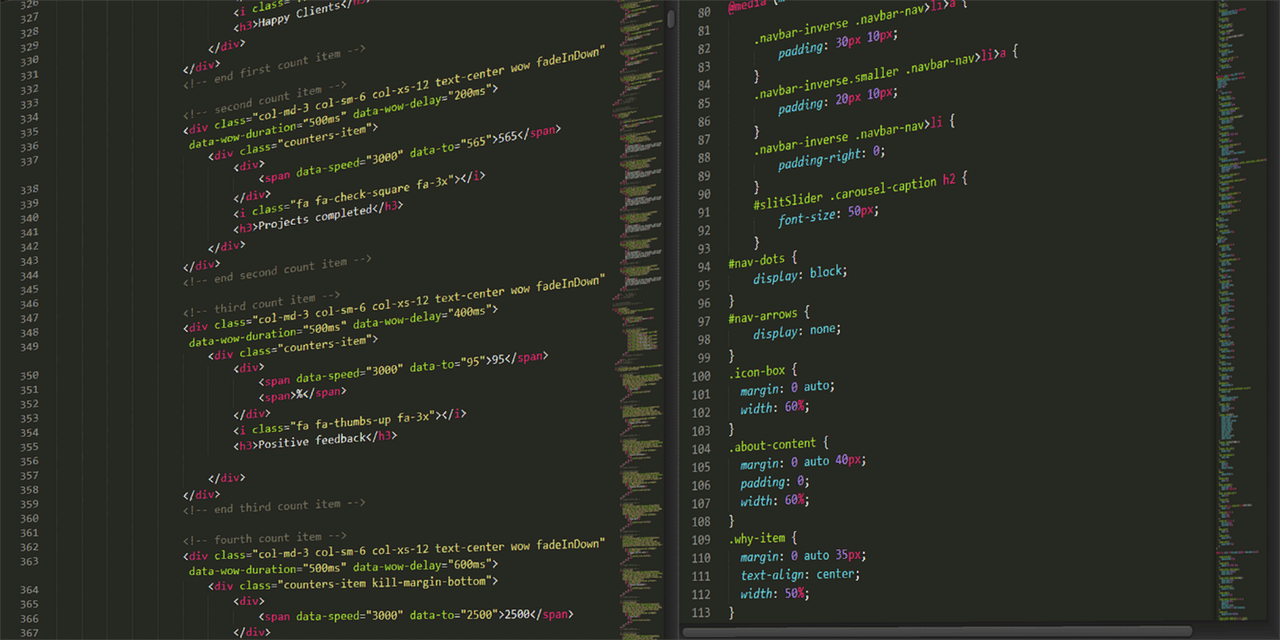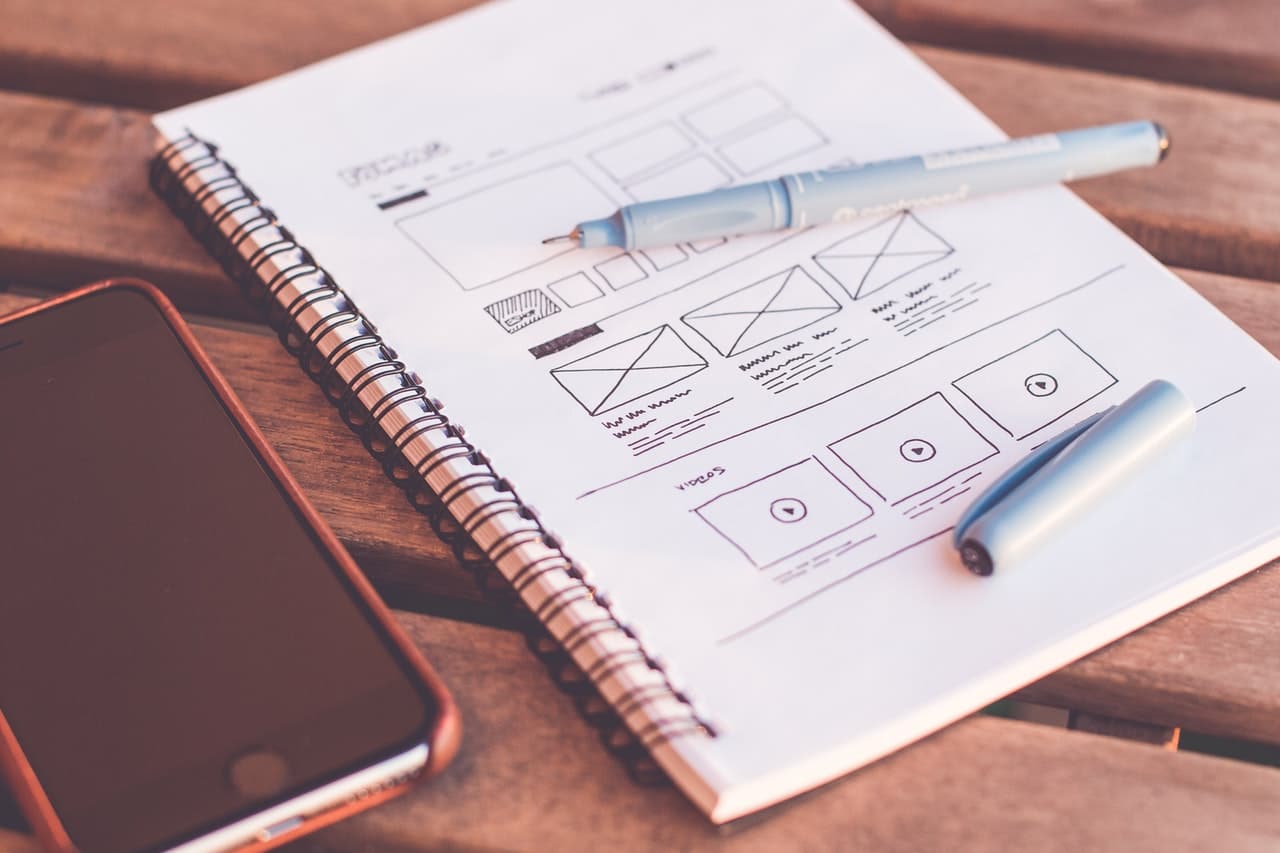Lately, when you click on a YouTube video or turn on the TV, you’re bound to see a commercial for a website builder like WordPress or Squarespace; Wix even advertised during the Super Bowl. But what happens when a site builder isn’t enough? How could a site builder be better than a human site designer?
The fact is, despite what these sites will tell you, site builders are rarely sufficient, especially for businesses. From SEO issues to look alike layouts, site builders are made for amateurs and trying to use them for professional pages is like trying to reach the moon in a model airplane – it’s just not powerful enough.
IMAGE: PEXELS
1. Non Human Site Designer Yields Limited Layout
One of the most basic limitations of site builders is that they only include a few layout options. Whether you’re using a template or drag and drop builder, most limit your page to one, two, or three columns and a header. Maybe you can include infinite scroll, maybe not. And in some cases, you can only build a single page – so it’s infinite scroll or nothing. That’s not a lot to work with. Even if you account for the many add-ons and plug-ins these sites offer, you’ll end up with fairly uniform results.
With such constrained layout options, site builders inevitably produce websites that look like everything else on the web – or at least everything besides custom built sites – and that’s a real problem. While it’s beneficial to use identifiable layout or navigation concepts, your website shouldn’t be a duplicate of everyone else’s if you want to engage your users.
A major advantage of hiring a site designer is that they can craft a unique site layout that fits your brand and doesn’t rely on a template. Even a small degree of variation can cue users into the fact that you’re serious about your online business.
2. Strengthening SEO
SEO is at the heart of site performance, but one problem with site builders is that they can only execute the most basic features of it, such as page speed, meta descriptions, and image naming – they can’t handle the nitty-gritty. If you don’t know the finer points of site optimization, then you shouldn’t expect your site to include them.
Professional support can really be a game changer when it comes to SEO because so much of the detail work needs to be hand entered or implemented. SEO consultants can boost your local rankings, spot duplicate content issues, assess keyword usage, and eliminate manual penalties and black-hat links. DIY site builders can’t do any of that.
3. Analytics Issues
Finally, analytics are the most powerful tool modern web designers have at their disposal, but that goes out the window when relying exclusively on a site builder. Even if the site builder has analytics features, you may only gain access to them if you buy the “premium” package or you may not know how to use them. A human site designer and SEO specialist, on the other hand, can teach you how to read your analytics data, whether it’s bounce rate or how far into an on-site video viewers watch. That added knowledge is critical to success.
Adobe is currently working on an AI-powered site designer, and while that sort of program may be able to bring added insights and bridge the gap between traditional site builders and custom design work until we see the long-term results of this kind of innovation, it’s hard to put much stock in it.
Your average site builder is just that – the building blocks that structure a page. Don’t get stuck there. For now, anyone who wants comprehensive site design has one option: a human designer with appropriate expertise. That’s how you elaborate on those bare bones, on the building blocks that DIY design offers.
If you are interested in even more design-related articles and information from us here at Bit Rebels then we have a lot to choose from.


COMMENTS